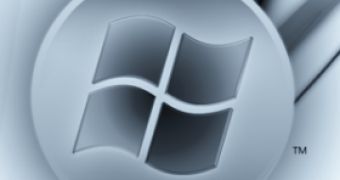In excess of 60 million PCs per year running pirated Windows Vista would be a worst case scenario for Microsoft. But not very far from the present situation. Speaking at the Microsoft Worldwide Partner Conference 2007 in Denver on July 10, Mike Sievert, Corporate Vice President, Windows Product Marketing underscored the company's efforts top combat software piracy. Sievert focused on Windows Vista counterfeiting and the measures designed to stop piracy. The $40 billion loss that the software industry has to take is correlated with no less than over 35% of products being pirated. Sievert estimated that over 60 million machines each year end up with some form of pirated Windows on them.
"What are Microsoft's objectives here? They're very simple. One is to protect the value of intellectual property. We're an innovation company and so, obviously, it's very, very important for us to take steps and measures to protect the intellectual property surrounding that innovation. Secondly, as I said before, it's about helping partners compete, and that's why I wanted to provide this progress update. But it's also about protecting customers. Our data on this is very, very clear. Tampered systems where the licensing layer has been tampered are also systems that are likely to have been tampered and injected with spyware and malware. That's a very clear truth that we've discovered. And so it's about partners, it's about customers, and it's about the intellectual property of Microsoft," Sievert stated.
Unlike its predecessor, Windows XP, Windows Vista comes with a set of built-in anti-piracy measures supported by an Internet infrastructure. Sievert underscored the evolution of the activation and validation processes. But one thing that he failed to mention is that even the best that Microsoft had to offer when it comes to anti-piracy measures integrated into Vista, was circumvented within days from the operating system's availability. However, Microsoft did impact the underground economy associated with pirated software. And the Redmond company hit the counterfeiting industry where it hurts most, drastically reducing revenues.
"The technology in Windows Vista is dramatically different, dramatically different in three ways: One, activation is required. The second important update that we've made with Windows Vista is a concept called validation, ongoing validation that that original activation was done with a genuine key. And then finally, tamper detection. The technology built into Windows Vista actually looks at the licensing layer, and if it detects tampers in the licensing layer, cracks in the layer, it will then take steps to put the system back into a reactivation mode, requiring activation with a genuine key. And so these steps taken together are the update that we have on Windows Vista, and they represent a major opportunity to level the playing field," Sievert added.

 14 DAY TRIAL //
14 DAY TRIAL //